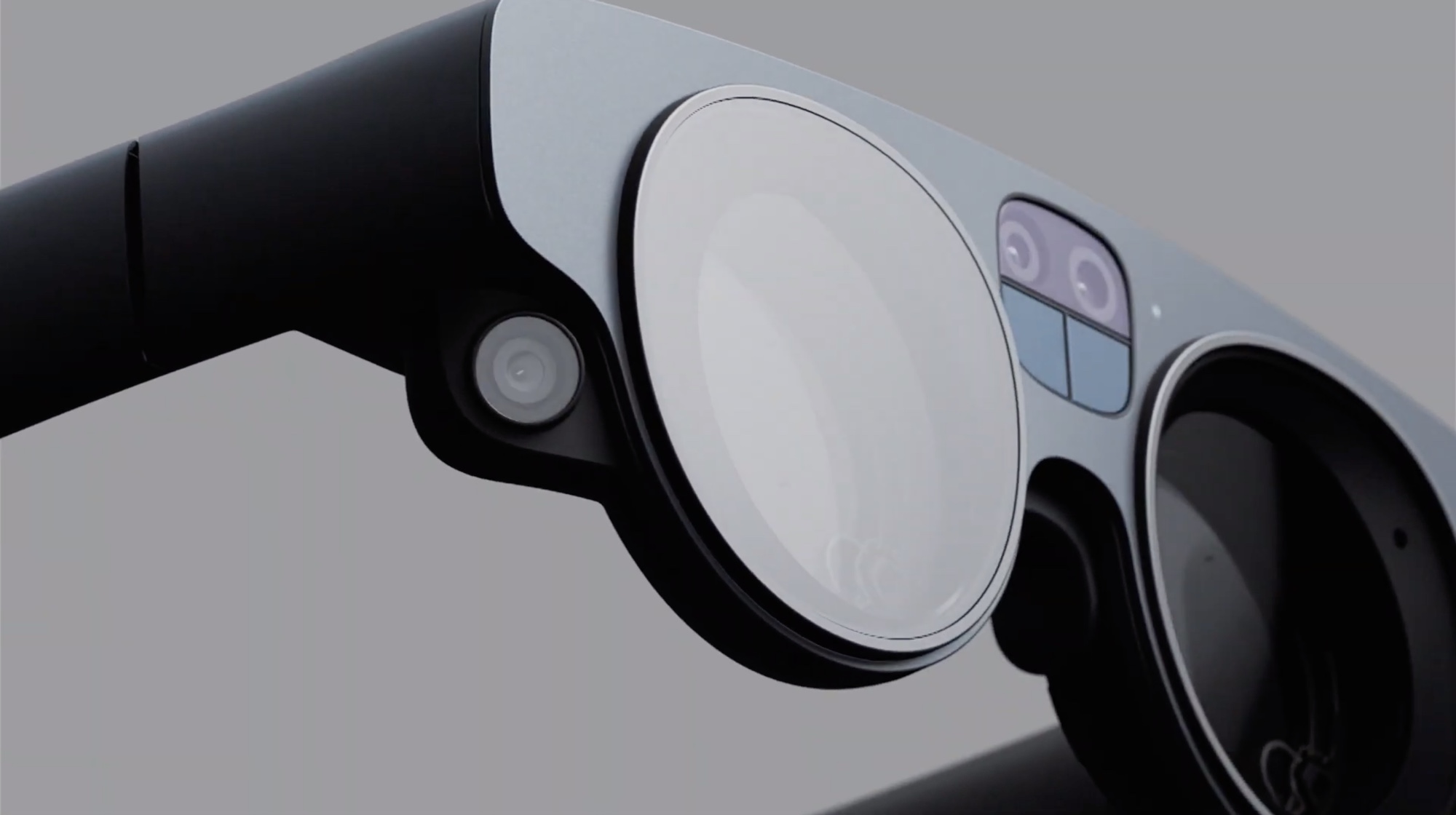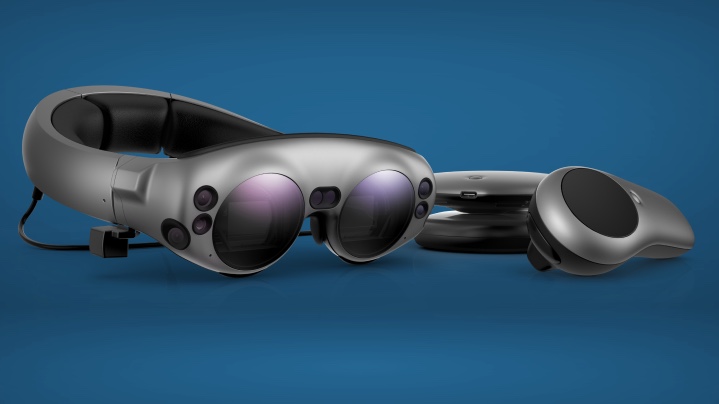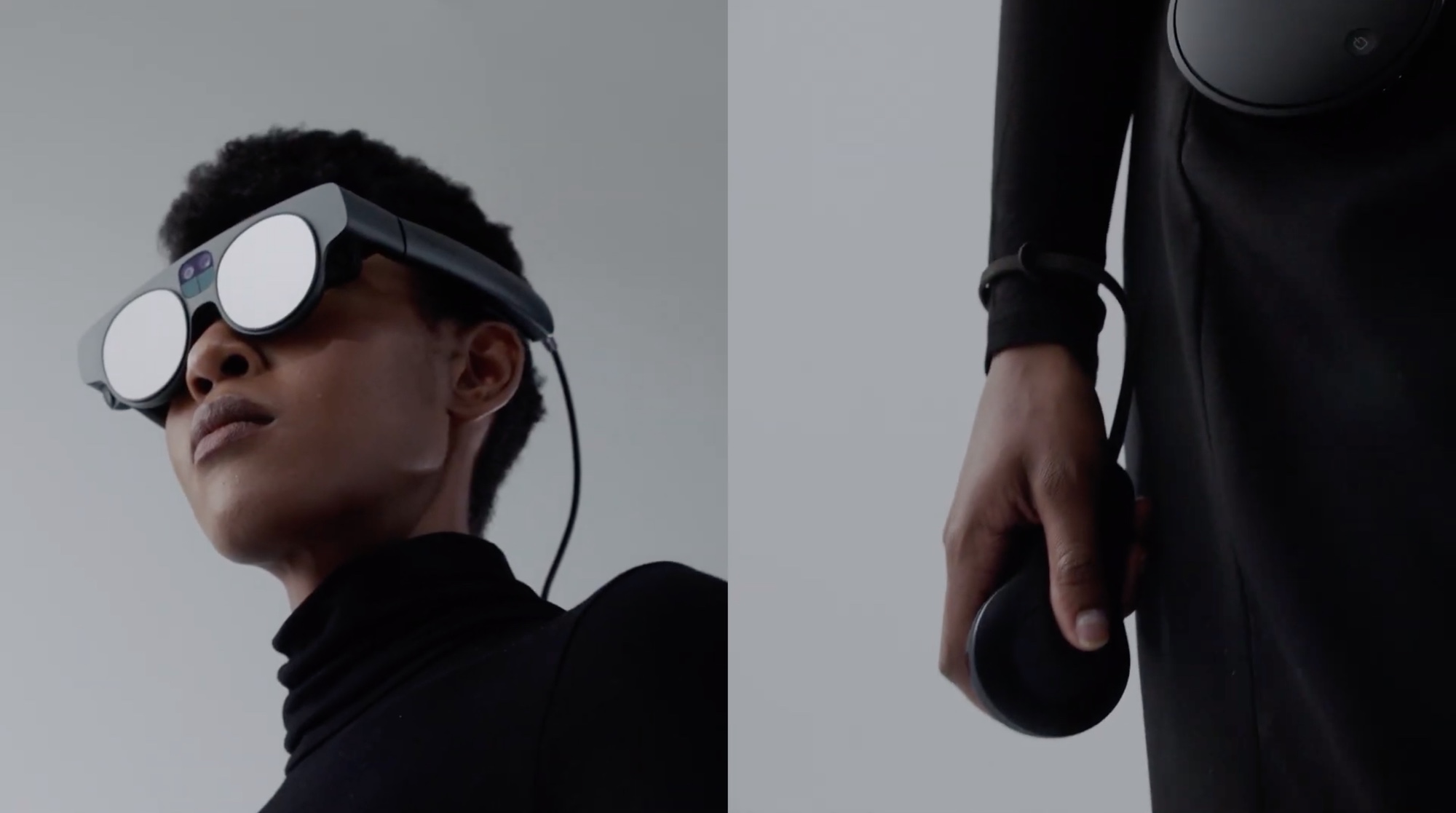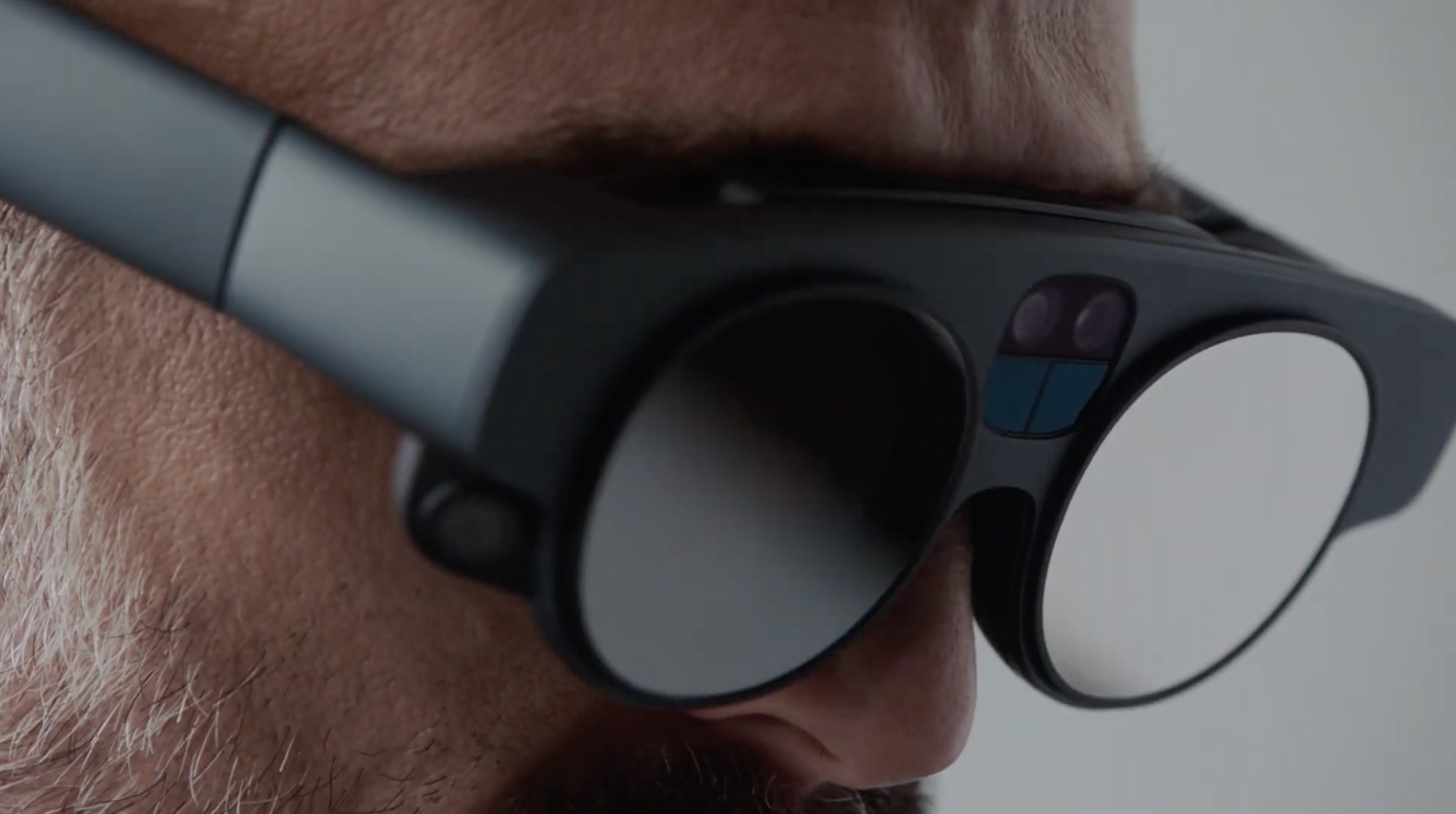Magic Leap 2 release date, price and all the new features
Magic Leap looks to succeed with its second take on AR glasses

Magic Leap generated a lot of hype four years ago when it launched its original Magic Leap headset that displayed three-dimensional objects as if they were sharing the same space as the person wearing that headset. What Magic Leap didn’t generate was a lot of sales, despite being backed by big money and years of research, failed to catch the people’s fancy.
The company went back to the drawing board, and now it’s ready to take another shot at AR. This time, it’s a pair of AR smart eyewear known as the Magic Leap 2 (ML2).
Can the sequel overcome the failure of the original and turn around Magic Leap’s fortunes? Here’s what we know so far about Magic Leap 2, which is being aimed at enterprise users for now, though the company hasn’t completely ruled out consumer applications.
Magic Leap 2 release date and price
Select enterprise customers are already beta-testing the Magic Leap 2, according to reports. But Magic Leap isn’t sharing specific pricing and availability details.
However, we do know a few things about the glasses. Magic Leap has confirmed that they’ll cost more than the $2.295 starting price for the originals. Magic Leap is also targeting a 2022 release, though that’s subject to regulatory approvals.
Magic Leap 2 design
The Magic Leap 2 glasses aim to deliver a number of improvements over the previous iteration. Specifically, the new glasses offer a smaller profile, a wider field of view, and an interesting new mechanism to make the AR elements appear more crisp even when the glasses are used outdoors.

In terms of appearances, Magic Leap 2 isn't radically different from its predecessor. Just like the original, Magic Leap 2 glasses look like a pair of dark gray goggles. But the glasses feature Liquid crystal on silicon (LCoS) displays that help project holographic images into the viewer’s surroundings.
Get instant access to breaking news, the hottest reviews, great deals and helpful tips.
As with the original, rather than housing the battery and the processor in the goggles, the eyewear connects to a circular puck-like computer, which can either be attached to the user’s clothing or worn with the help of a shoulder strap. Offloading electronics to the puck-like computer makes the headset lighter, compared to some of the best virtual reality headsets currently available. The new glasses weigh in at 248 grams — about 8.7 ounces — compared to 316 grams for the original Magic Leap product.

The Magic Leap 2 uses an AMD-based processor this time, which the company claims is more powerful than the Nvidia-based silicon used in its original stab at a headset.
Unlike Microsoft’s HoloLens 2 AR glasses, the ML2 can’t be worn on top of prescription glasses. However, Magic Lens has compensated for this by creating prescription inserts that slide into the goggles, and keeps them close to the eyes to not throw off their focus.
Magic Leap 2 features
Magic Leap has been showing off its Magic Leap 2 glasses to the media. Based on those reports, these features appear to be the highlights of what you can expect should you strap on a pair of the Magic Leap glasses.

Dynamic Dimming: In contrast to VR headsets like the Oculus Quest 2 that immerse viewers entirely in a virtual environment, AR glasses are designed to project digital 3D objects on top of the real world.
For that reason, the Magic Leap 2’s field of view (FoV) is 70 diagonal degrees, as opposed to the 50 degrees on its predecessor. That’s not only smaller than our natural FoV, but also lesser than many VR headsets that offer around 110 degrees.
What really matters for AR glasses is that they make the most of the available FoV, and this figures to be one of the Magic Leap 2’s strongest attributes. Thanks to a new feature called Dynamic Dimming, Magic Leap 2 is designed to make the digital content stand out against the real world by dimming parts of the user’s vision to near-darkness. The result is that holograms should look crisp and vivid.
Magic Lens claims the feature enables users to tweak the glasses with the help of sliders, to let through anywhere from between 22% of real world light to just 0.3%. The Magic Leap 2’s dimming technology can make a whole room, or only parts of it, suddenly darken to offer better contrast or focus on digital content.
At 22% the real world will be visible even in dark rooms, while at 0.3% the virtual objects would remain visible even in bright outdoor conditions. The company, in fact, claims that the improved image quality, color fidelity, and text legibility help make the Magic Leap 2’s holographic content visible to surgeons even in brightly lit operating rooms.

Tracking and audio The original Magic Lens offered one eye tracking camera per eye, but the new glasses double that number to include two eye tracking cameras per eye. Magic Leap says the extra camera improves image quality, and minimizes rendering errors.
The device also makes intelligent use of 3D positional audio, which has become a mainstay in VR headsets, as well as in headphones like Apple's AirPods. The Magic Leap 2’s 3D audio helps position sound to better track multiple conversations, and can also direct the user’s attention to areas out of the user’s current FoV.
The Magic Leap 2 also boasts of improved tracking in its controllers. While the original product relied on electromagnetic fields to track its controllers’ movements, Magic Leap 2 has switched to using optical tracking by collating inputs from both headset-based sensors and cameras mounted in the actual controller itself.
This arrangement should help the Magic Leap 2 work around the occlusion problem that exists in controllers in almost all AR and VR systems that rely on headset-based tracking.
Magic Leap 2 outlook
While VR headsets are more of an actual everyday product these days, AR glasses haven’t yet caught on. But unlike the completely immersive VR headsets, AR glasses like the Magic Leap 2 give users a sense of physical and digital worlds simultaneously, providing a much more natural experience.
Unlike Magic Leap’s first attempt, the Magic Leap 2 comes at a time when many companies, including Google, Apple, Meta, are investing in the research and development of the next generation of smart eyewear to provide a superior AR experience. Rumors suggest an Apple VR/AR headset could debut as soon as this year.
While many of the above products will try to attract consumers, Magic Leap appears to be concentrating on enterprise use cases to help remote and frontline workers connect and access information in the field. The featherweight Magic Leap 2 glasses also help the company pitch the device as an all-day wearable, especially when clubbed with its dynamic dimming technology.
The Magic Leap 2 device runs a custom OS based on the Android Open Source Project, which the company hopes will help it nurture an ecosystem of app developers, correcting one of the major mistakes of the original device.
